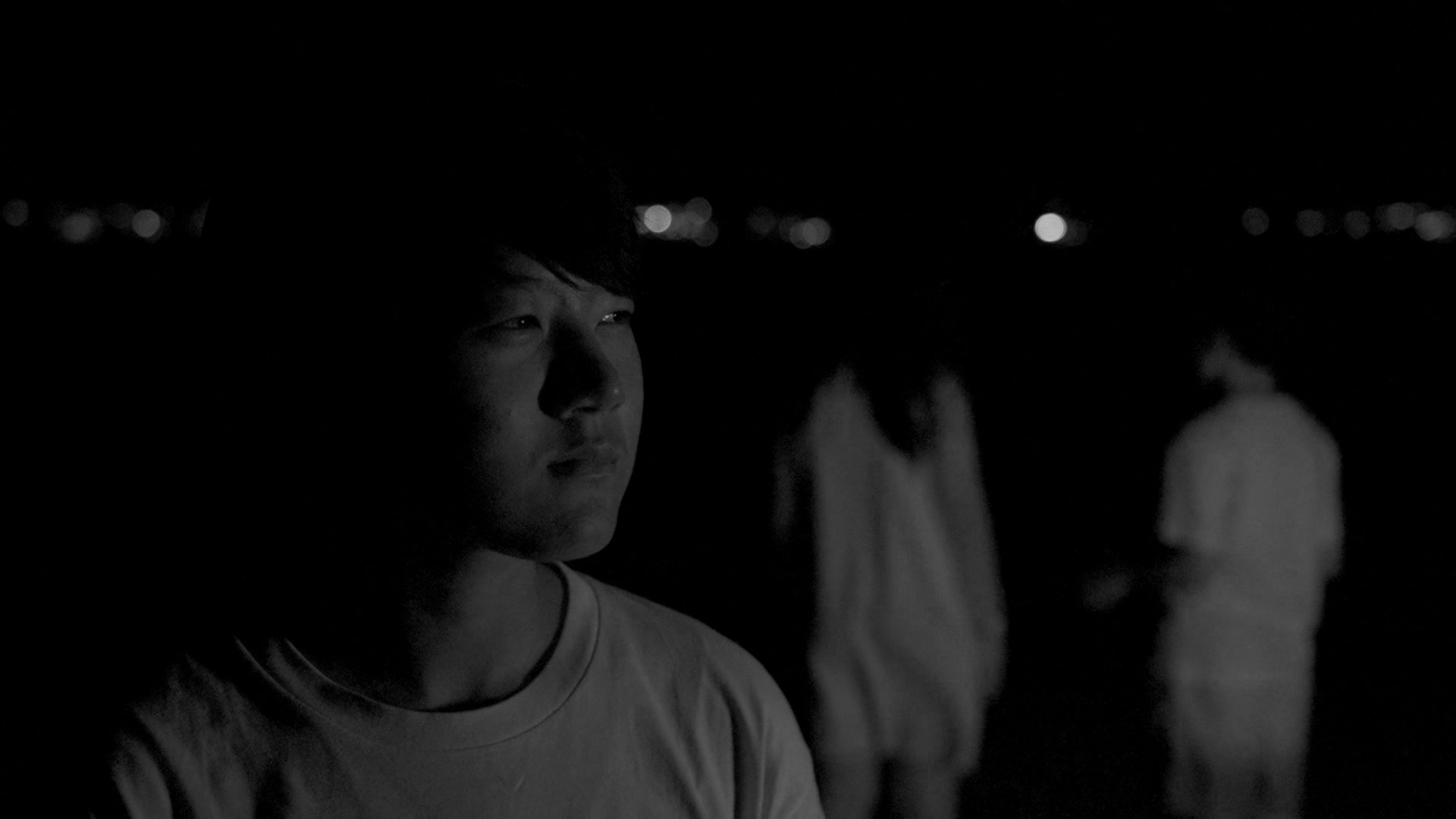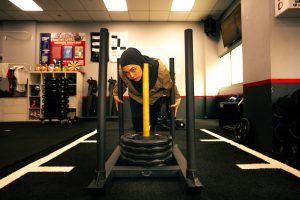Top image: Edward Yong. All images by Marisse Caine unless otherwise stated.
Content warning: This piece describes acts of transphobia and self-harm which might be disturbing to some readers.
Note: ‘Transgender’ is a general term used to describe someone whose gender identity is different from the sex assigned at birth. A trans man is someone whose assigned sex at birth was female, but whose gender identity is male. Similarly, a trans woman is a person whose sex assigned at birth was male but whose gender identity is female.

Kaeden Lim, a trans male student, was in Secondary 1 in Swiss Cottage Secondary School* when his co-form teacher allegedly took him to the back of the school hall, sat him down, and proceeded to repeat his birth name to him over and over for several minutes.
“When I looked agitated, she was like, “You just have to get used to it. You’re going to be called this for the rest of your life,” he recalled. He still doesn’t know what made her do it.
In January, a reddit post by Ashlee, an 18-year-old trans student, went viral. Her account—which alleged that the Ministry of Education had prevented her from undergoing hormone therapy, as well as several incidents of transphobic behaviour by her school’s administrators—ignited widespread outrage (and a public protest) over institutionalised discrimination against LGBTQ+ Singaporeans.
To us, however, Ashlee’s post also hinted at a whole sphere of lived experiences we’d never considered: what is life like for young trans people who are still in school?
Should you come out to your teachers? What would you even say? Is wearing the uniform of the opposite sex an option? What about asking to be called by a different name?
To find out, we spoke to three young trans people over the course of a month, all aged 17 to 18: Kaeden, currently in an international school; his friend Edward Yong, a trans man waiting to enter ITE; and Amelia (not her real name), a trans female student at an elite JC.
Of the three, Kaeden was the only one of the three to publicly ‘out’ himself as trans in secondary school to both his teachers and peers; he now presents as male in his current school. Edward began socially transitioning when he was about 13, when he asked his peers to begin addressing him by this name. Amelia, by contrast, still presents by her birth gender, and has not come out as trans other than to a few close friends.
Their individual experiences collectively told a story of anxiety and isolation, wariness and resignation; of occasional moments of joy, and the extraordinary resilience it takes to get through an ordinary day. This is our attempt to put the pieces together.
II. Awakening

Before even learning of the term ‘‘transgender,’ Amelia, Edward, and Kaeden already showed signs of gender dysphoria from a young age. With awe, Amelia told us about the countless times she would dream of a space machine that would magically turn her into a woman. Similarly, as a kid, Edward always hoped that puberty would turn him into a man.
Throughout their childhood they wanted to play different games, wear different clothes, and take up different roles in school, at home, and in their social lives. Kaeden would throw tantrums when he was made to wear female clothing, and he would flinch every time someone used his birth name—which he always found to be too “feminine.”
Like other kids, they were trying to figure out who they were. They also knew they were different from the other kids, and the lack of resources to help them figure this out didn’t help. When the mainstream media, schools, and parental figures don’t offer those resources or that space, there is only one other place to look: the internet.
All three of them are well-versed in the nuances of gender, sexuality, and identity. But while they know the theory, it’s their lived experience that has matured them beyond their age.
When Amelia was about 9 and still living in China, she would use the only computer in her household to research sexuality. “I was shocked,” she recalled, explaining how she would only find derogatory terms for transgender people. “There were terms like perverts, ladyboys, and half-man-half-monster,” she said. This sense of shame was exacerbated by her mother threatening to disown her when she found Amelia’s wigs and female clothes.
Not knowing any better, she used those terms to describe herself until she eventually discovered the Pride flag and researched what the ‘T’ in LGBTQ stood for.
Although the internet provided valuable information that was hard to come by in daily life as a child, it didn’t equip them to navigate these issues with their families.
“When I first found out the meaning of the word transgender, I thought it was such a cool discovery,” Kaeden said. “I was like “let me tell my parents!” So I went and told them, only to get screamed at for three hours.”
Similarly, when he was about 12 or 13, Edward stumbled upon a YouTube video that made him realise he was trans. Feeling unable to tell his parents about it, he wrote a letter to an uncle he was close to, hoping for a listening ear.
“He was just very quiet about it. He didn’t acknowledge it or even ask me about it,” he recalled.
Ultimately, our interviewees all realised early on that they would not be able to rely on their families for advice or support. But being kids, they naturally continued to look for answers—or for any sort of guiding figure—to help them on their journey.
III. High and dry

Unfortunately, when it came to school, the place where they spent most of their waking hours, they seldom found any.
With a few exceptions, all three of them found it difficult, if not impossible, to get the care, empathy, and support they needed from their teachers. By and large, they found educators’ and administrators’ conduct to be characterised by passivity or well-meant but unhelpful advice. At worst, this manifested as outright hostility and bullying, as in Kaeden’s case.
For one, the questions they most needed advice on were essentially taboo. LGBTQ+ issues seldom, if ever, came up in their lessons.
Neither Kaeden nor Edward could recall them being raised directly in class. As Edward put it, “MOE’s sex ed basically assumes everyone is heterosexual and cisgender.”
Similarly, Amelia’s secondary school English teacher advised her to steer clear of writing about ‘contentious’ topics like LGBTQ+ rights in her exams, lest they be read by a prejudiced marker. Although the GP tutors in her current school acknowledge the existence of LGBTQ+ issues, the discussion is kept largely superficial.
“I feel like I know teachers who would be accepting, but I haven’t summoned the courage to bring it up,” she added. When her civics tutor checked in with her about her mental health, she considered disclosing that she had gender dysphoria, but ultimately decided to keep it a secret.
Kaeden, unfortunately, had a terrible time with his teachers.
He was very blunt about how even the bullying he endured at the hands of other students paled in comparison. “The teachers were the worst of it,” he said.
“I mean, them not caring about [other students’] bullying was a thing,” he said. “But in secondary school, not only did teachers not care about the bullying, they were the main bullies themselves.”

In addition to the deadnaming incident (using a trans person’s pre-transition name), he recalled another time when he was in Secondary 2. His class was meant to be going on a school trip, but he refused to put his skirt back on over his PE attire and get on the bus. “Normally I would just do it, but for some reason I had a full-on breakdown, and because I was holding everyone back, they just gave in and told me to get on the bus,” he said.
He alleged that when they got back to school later that afternoon, his year master called him into a room and began yelling at him, even using transphobic slurs. According to Kaeden, the incident made him so distressed that he secretly slashed his thigh with a knife afterwards. (He claims never to have told his teachers or his parents about the self-harm.)
Incidents as extreme as these were more the exception than the norm, and most of the time, it was things like “snide comments, using she/her pronouns and my deadname … [or] not calling out other students for bullying me.”
“It happened so often that I was pretty much desensitised to it,” he said nonchalantly.
Happily, Edward found his experience with his secondary teachers to be more positive. Although he never came out to them explicitly, they seemed accepting of his gender non-conforming behaviour.
“They were quite open-minded, they never said that such things were abnormal,” he said. In particular, he recalled one of his Secondary 3 form teachers—a young woman in her 20s or early 30s—being friendly enough for him to open up briefly to her. “We had a conversation and she said that she understood I was experiencing this and all, but she was very chill about it. She just expected me to be like the other students lessons-wise.”
But one thing she did do was refer him to the school counsellor. This, unfortunately, was no help at all.
All of our interviewees described poor experiences with school counselling, ranging from encounters that they likened to ‘covert conversion therapy’ (Kaeden), or empty dispensing of useless advice.
Significantly, all three of them did not believe they could safely speak to the counsellors about their troubles in confidence. Trust—the foundation of any counsellor-client relationship—was utterly absent.
Edward recalled how, when he was attending counselling in Secondary 3 and 4, the counsellor brought up his gender dysphoria and other personal troubles with his school principal—without, he alleges, obtaining his consent or informing him first. “I didn’t really feel able to talk to her after that, because I felt she had betrayed my trust.”
Similarly Amelia’s schoolmates warned her off speaking to the school counsellors, claiming that with one exception, they could not be trusted, and would automatically relay matters like gender identity or sexuality to her parents.
And in her case, she has another reason to be wary: as an international student, her counsellor also happens to be a staff member at the hostel she stays in and a colleague of her guardian (also a staff member at her boarding-house). How would she disclose her deepest secrets to the people responsible for signing her consent forms and enforcing her curfew?
IV. Treading water
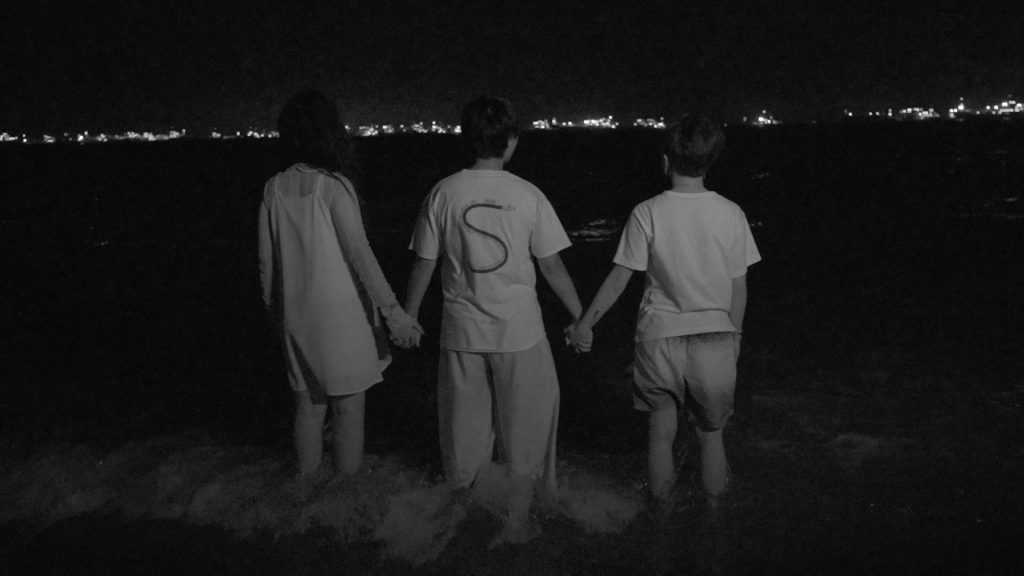
For the most part, they felt their peers were accepting of their identities. However, there is a world of difference between being accepted and feeling understood.
The former, at a base level, only requires being tolerated; the latter means being seen as you truly are. Without that, true closeness—the yearning to belong which peaks in adolescence and never truly disappears, even in adulthood—is impossible.
Apart from slipping up here and there with his birth name, Edward described his friends as being ‘quite chill’ about his being trans. “They were like, I kinda knew it the whole time,” he said.
But mere ‘open-mindedness’ and being ‘chill’ still doesn’t allow them to fully participate in the ordinary parts of teenage life that exist beyond exams and homework.
Gossip about guys and girls and crushes, conversations spent imagining what your ideal future partner would be like—these still run on the basis that the parties in question are straight, cisgender boys and girls.
“When you hear those conversations, it’s from a very cis, heterosexual perspective,” said Amelia, with a hint of contempt. “You feel like you don’t belong in the conversation. That’s the casual thing that is continuously happening.”
When we asked Amelia about her dating life, she lit up—almost as if she had never been asked about it before. She told us about a “soul mate,” one she yearned to talk about, but was also scared to.
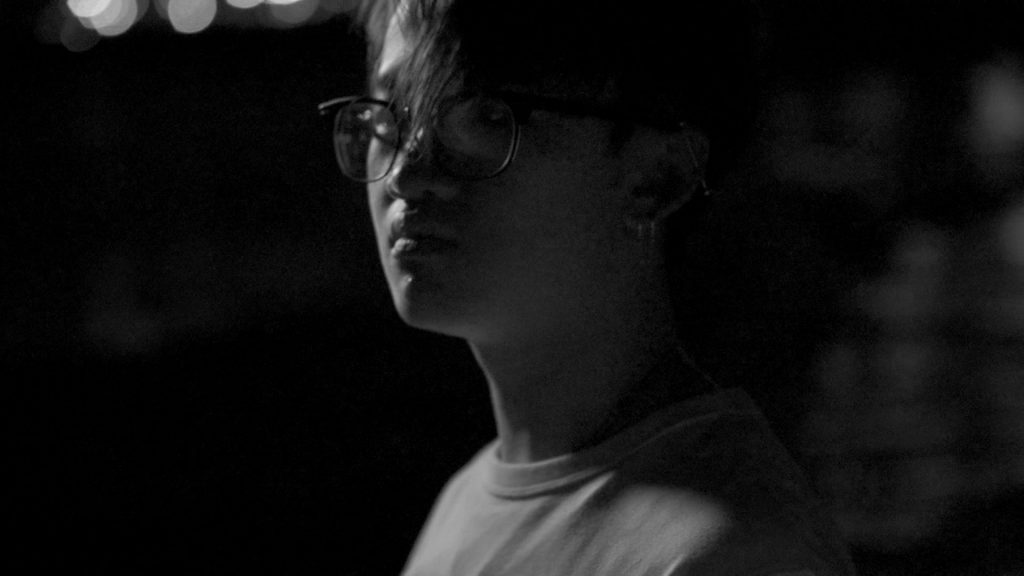
“I did have friend groups, but I never really talked about being trans,” said Kaeden. “I had some pretty good friends, but it was never deep conversations like ‘I accept you’.”
Amelia brought up the Ashlee incident as a recent example. Many of her classmates, whom she describes as ‘generally quite progressive’, had been outraged by Ashlee’s treatment. However, she couldn’t shake the feeling that their righteous anger also carried a hint of condescension.
“They are very vocal about issues with minority groups, but at the same time I feel the discussion is … from a higher point of view? Like, looking down in a sympathetic way at minority groups,” she said.
“And as part of that minority group” —she paused—“I don’t know, I feel like they’re definitely sincere, but there are some things they might not be able to relate to. So there’s a sort of discomfort there.”
This sense of being ‘amongst, but not part of’ is exacerbated by being an international student. Although she is thoughtful and articulate, the language barrier makes it challenging for her to join in rapid-fire conversation. “And because I don’t want to overexpose myself, even when I engage in conversations about gender and sexuality, I can’t be fully open about what’s on my mind or how I feel.”
“If I didn’t [have to deal with the internalised stigma], I think I would definitely make more friends. Right now, I’m putting on a facade. And this kind of faking, pretending to be another person, is really taking a toll on my mental health.”
V. Going Under

Appearance “is the most important part of my self-expression,” Amelia sighed. “In today’s society, people judge others’ gender by their hair, face, and clothing the most.”
She presents as male in school as her institution, like many others, is rigorous about streamlining their students’ appearance. The only way around this would be for her to legally change sex. For that to happen, she would need to undergo Gender Reassignment Surgery (GRS) and Hormone Replacement Therapy (HRT), both of which can only be done at 21 years of age unless with parental consent—which she doesn’t have.
But despite the roadblocks, many trans students do try their best to get their schools’ permission to change uniforms. From what we heard, these are almost always rejected.
When Edward—with the support of his school counsellor—went to his principal to ask for permission to wear the male uniform, he recalled that while she listened, she eventually told him that she couldn’t make an exception for one student.
This desperation to transition can push trans teens to make radical and risky decisions. Amelia, who couldn’t access hormone therapy through official channels because she couldn’t obtain her parents’ consent, resorted to buying hormone pills off the black market online.
But because she was starting hormone treatment in secret, she had to hide both the physical and mental health effects of transitioning in plain sight.
For example, as her body became increasingly feminine, wearing the male uniform has thrown up some unexpected issues.
“It’s so hard during PE lessons in secondary school because I can only wear the school PE shirt which is white, and it’s …” Amelia hesitated before continuing. “It’s kind of translucent.” According to her, students who noticed would talk about it amongst themselves, or ask her friends about it.
“Only when I hold a book to cover my upper body will I feel better.”
Beyond the physical difficulties of transitioning, the estrogen pills she was taking also had adverse side effects on her mental health, causing mood swings, depression and drowsiness. These peaked in 2019, during her O level exams.
“I was taking two pills a day then. Now I only take one every three days,” she recalls. “I could feel my heart racing fast and I couldn’t breathe. I was crying before the exams and after.”

Over the years, the compounding effects of bullying, gender dysphoria, and isolation can be incredibly damaging to the mental health of trans students.
Although we could not find data specifically relating to trans adolescents, a 2016 survey of local trans women, conducted by NGO The T Project and social enterprise B Change, found that around 78% of the respondents had reported feeling depressed within the preceding year. Around half had contemplated suicide, and 15% had attempted it.
As Edward noted, “depression and gender dysphoria come hand in hand, and that’s where the suicidal tendencies occur.”
Throughout our conversation, Kaeden was upfront about his struggles with mental illness over the years, including depression, for which he has been receiving treatment for nearly half his life.
In particular, his mental health has also affected his ability to recall memories, especially where he has blocked out traumatic events, or where depression made the days blend into one.
“I don’t know what is wrong,” he said, stopping mid-conversation. “I have some sort of amnesia where the entirety of my secondary school life is either jumbled or deleted from my brain.”
Still, a few memories remain vivid to this day.
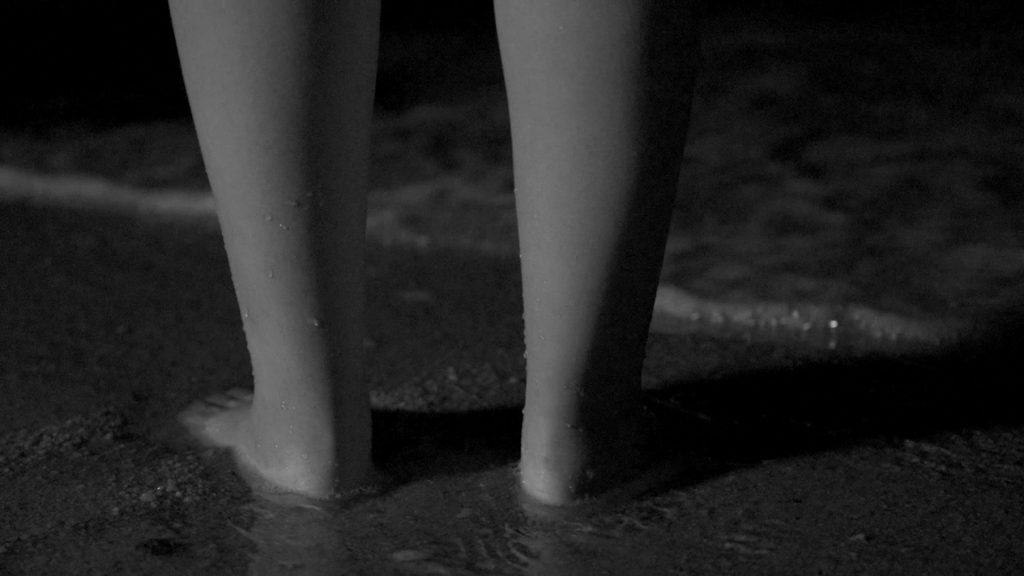
He recalled running into two former classmates while walking through the empty canteen when he was in Secondary 3. One of them had previously bullied him badly, including using transphobic slurs. This time, he stood up and launched into a made-up song about Kaeden’s birth name while the other boy sat next to him and laughed.
“I just walked past,” said Kaeden, “but after I got outside, I broke down and cried all the way home.”
He told his father about what happened, as well as a subject teacher whom he described as ‘kind’. “But she did nothing to help,” he said.
By that stage, Kaeden’s mental health had deteriorated to the point that he was only going to school once a week.
“I went, slept, stared at the whiteboard not understanding what was going on because I missed a lot of school. Woke up, went to recess, went back, slept, woke up and went for lunch, came back, slept, and then school ended, and I would leave.”
He eventually asked MOE for permission to leave the local school system to join an international school, where he says he is now happier.
VI. Breaking the surface
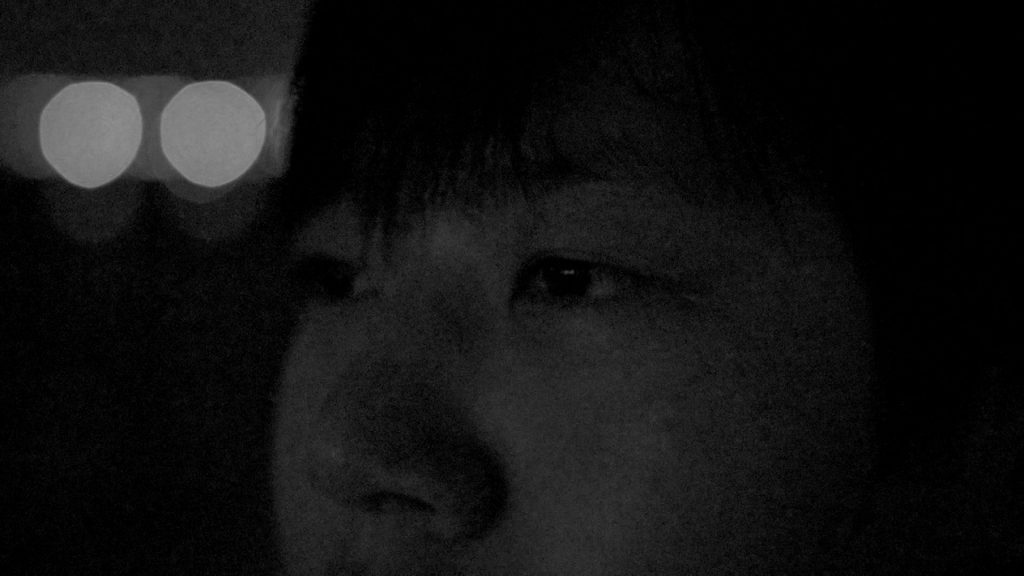
In Singapore, while trans individuals can technically get married, buy HDB flats, and access the various components of ‘regular’ life, laying claim to those rights is an incredibly arduous process. As students and minors, the steps required to legally transition, such as hormone therapy, followed by bottom surgery, are either currently out of reach, or too expensive and risky to be feasible.
All three don’t currently see themselves getting bottom surgery, which is the final step required to legally change sex. Between the pain and cost associated with surgery, none of them are keen on getting gender reassignment surgery done in the future. This leaves them all in a state of uncertainty—do they leave Singapore? Aim to save up for surgery—and deal with the invasive procedure on top of the cost—just to be legally recognised?
Till then, however, they have enough on their plates to deal with.
There was a deep sense of loneliness, and at times resignation, that connected all their stories. Kaeden summed it all up with his signature phrase: “It really do be like that sometimes.” In addition to punctuating his responses with awkward laughter, he would constantly drop it throughout the interview, often after recounting a long and saddening anecdote.
When we commented about it, he just shrugged. “But it really do be like that sometimes,” he said.
Teachers will be baffled by requests to call you a different name; administrators will be sympathetic but unaccommodating; peers will tolerate your differences without understanding them. And, at a structural or policy level, there is little indication that things will improve for trans students any time soon.
And yet, life offers up little moments amongst everything else.
Recently, at his new school, Kaeden walked past a bulletin board outside the counselling room. It was covered in flags representing LGBTQ+ communities, such as trans people, asexuals, and pansexuals. “I knew we had a Pride club, but I was still quite surprised to see this,” he said.
Over the course of our meetings, Amelia was busy making a short film about mental health. She also spoke with excitement about her dream of going abroad for university, where she hopes to present as female for the first time in her life. “I’ve longed for that,” she said.
When we asked them about the future, all three individuals jumped to where they see their lives going after school. There’s a sense of escape—an eagerness to move on and never look back that shines through—but still, there are changes to the school system they hope to see in their lifetimes.
“The first step is education. Not just for students, but teachers too,” said Edward.
They would like to see issues like gender dysphoria and sex education for LGBTQ+ persons made part of the curriculum. Meanwhile, teachers should be trained to provide constructive support to LGBTQ+ students and to unlearn any subconscious biases.
“They’re supposed to make students feel welcome, but they need to realise that it’s not just certain students, but all students,” said Kaeden.

The end goal, Amelia highlighted, is for school to be a safe environment that doesn’t ostracize queer teenagers.
“But it has to be an inclusive environment where your trans identity is supported, but not emphasised,” she stressed. “You are supported, but your identity as a trans person is not the biggest part of the picture or who you are.”
Or, as Kaeden put it, “We are normal people who just want to have an education without anything impeding us, be it teachers, other students, or our own dysphoria.”
*We reached out to Swiss Cottage Secondary School for comment, but had not received a reply by press time. We will update the story if a response is received.

